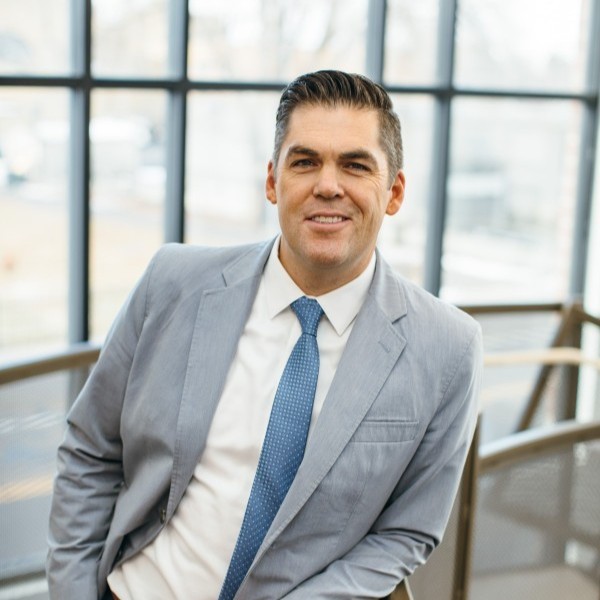Healthcare IT
Thought Leaders in Healthcare IT: Drew Ivan, Chief Product and Strategy Officer of Lyniate (Part 3)
Sramana Mitra: Let’s do another use case besides the hospital system interoperability. Talk about other use cases where interoperability surfaces as a key issue.
Drew Ivan: The one that is topical right now is reporting COVID test results. The tests happen at laboratories that exist in hospitals or a standalone laboratory. For COVID, they report both positive and negative results. Every time they have a test result, they have to transmit a copy of that result to the public health department.
>>>Thought Leaders in Healthcare IT: Drew Ivan, Chief Product and Strategy Officer of Lyniate (Part 2)
Sramana Mitra: If the interoperability is within the hospital data and diverse proprietary systems, it is easier. When it comes to outside the bounds of that particular hospital system, what kind of issues do you face?
We are part of the Stanford hospital system. For certain procedures, our family also goes to UCSF. UCSF and Stanford have some level of interoperability, but there is also competitiveness, mistrust, and frictions that we noticed.
>>>Thought Leaders in Healthcare IT: Drew Ivan, Chief Product and Strategy Officer of Lyniate (Part 1)

Interoperability is a hairy issue within healthcare. Drew addresses it eloquently.
Sramana Mitra: Let’s start by introducing our audience to yourself as well as Lyniate.
>>>Thought Leaders in Healthcare IT: Brandon Newman, CEO of Xevant (Part 3)
Sramana Mitra: What are you learning? What are the key areas of leakage?
Brandon Newman: We have a couple of observations. The obvious learning that we expected is there. These include an opportunity to switch utilization, go to a lower-cost medication, or help manage members.
>>>Thought Leaders in Healthcare IT: Brandon Newman, CEO of Xevant (Part 2)
Brandon Newman: Drugs are becoming a highly prevalent part of the overall delivery of healthcare. It has become the focus. For example, these health plans that help manage $500 million are going to enable dozens of new specialty biologic medications come to market that is not going to cost your stereotypical couple of hundred dollars.
>>>Thought Leaders in Healthcare IT: Brandon Newman, CEO of Xevant (Part 1)

Brandon talks about unlocking savings related to expensive versus affordable drugs.
Sramana Mitra: Let’s start by introducing our audience to yourself and Xevant.
>>>Thought Leaders in Healthcare IT: Brian Phillips, CEO of MedShift (Part 3)
Sramana Mitra: Why is your technology just being applied to the medical aesthetic market? It sounds like the value proposition can be applied to any kind of medical instrumentation. Is that not true?
Brian Phillips: That is true. We happen to operate our business within the aesthetic arena. It is a tight arena. We buy a lot of these devices ourselves and utilize them in the delivery of our services. This year, we will spend $20 million acquiring these devices for our use. It makes sense that we build the technology that would enhance the visibility of those devices. That is how this began.
>>>Thought Leaders in Healthcare IT: Brian Phillips, CEO of MedShift (Part 2)
Sramana Mitra: It sounds like the primary value proposition for the manufacturers in the use case that you provided is maintenance. Is that correct?
Brian Phillips: That is one use case. I would say that is a good use case. Maintenance is understanding whether the machine is operating well and also having the ability to remotely upgrade that machine.
>>>